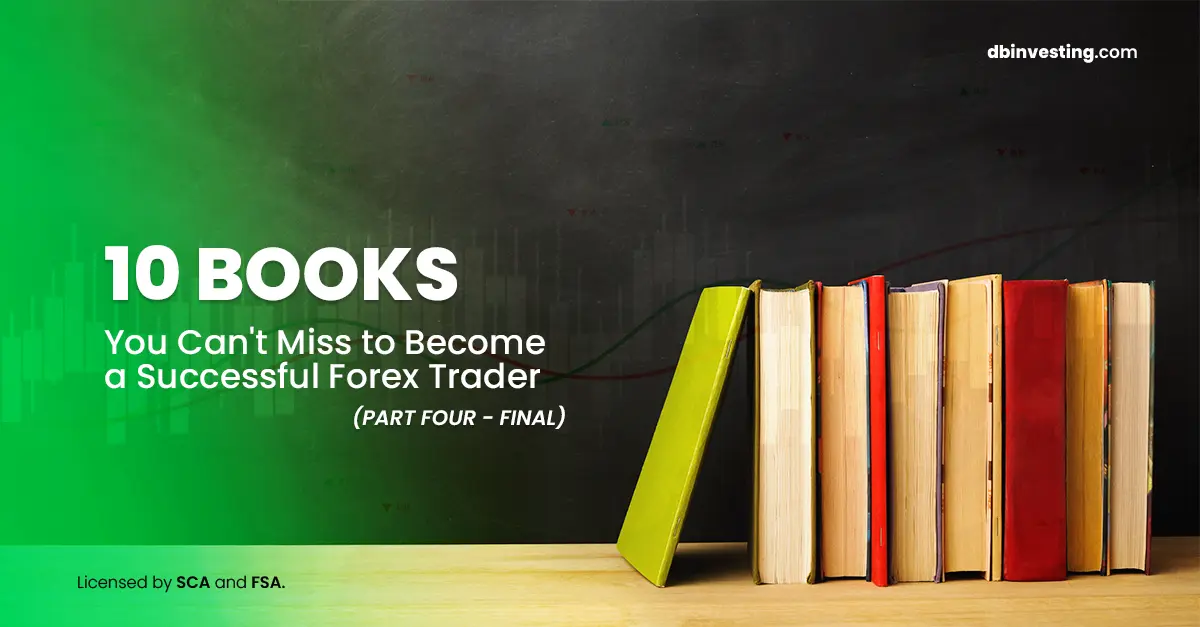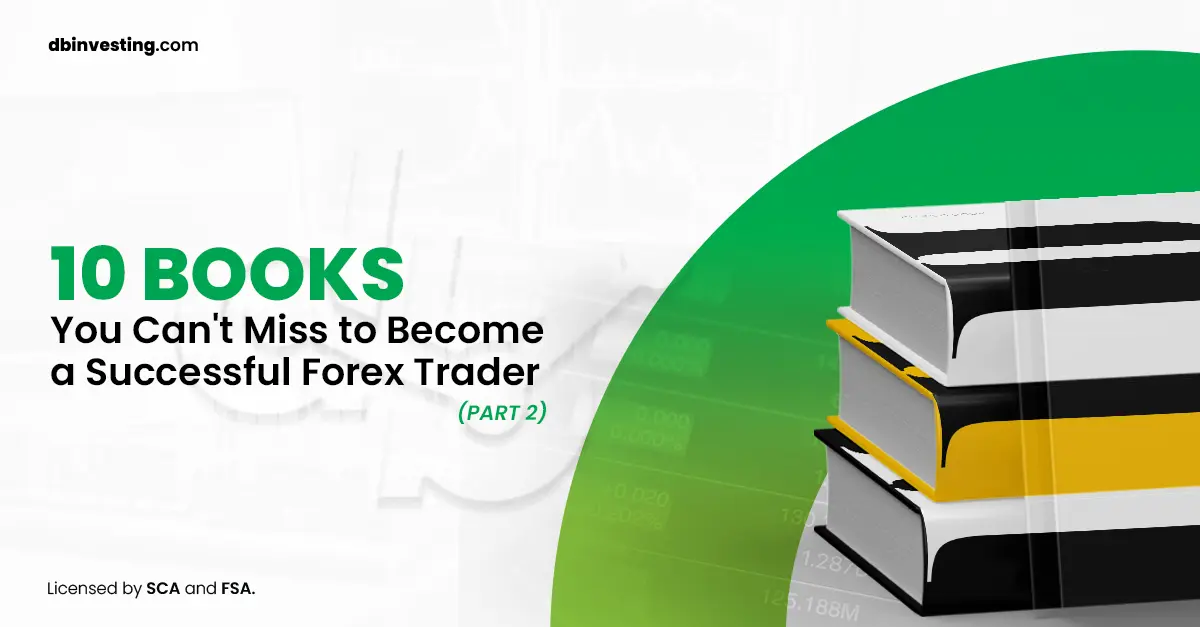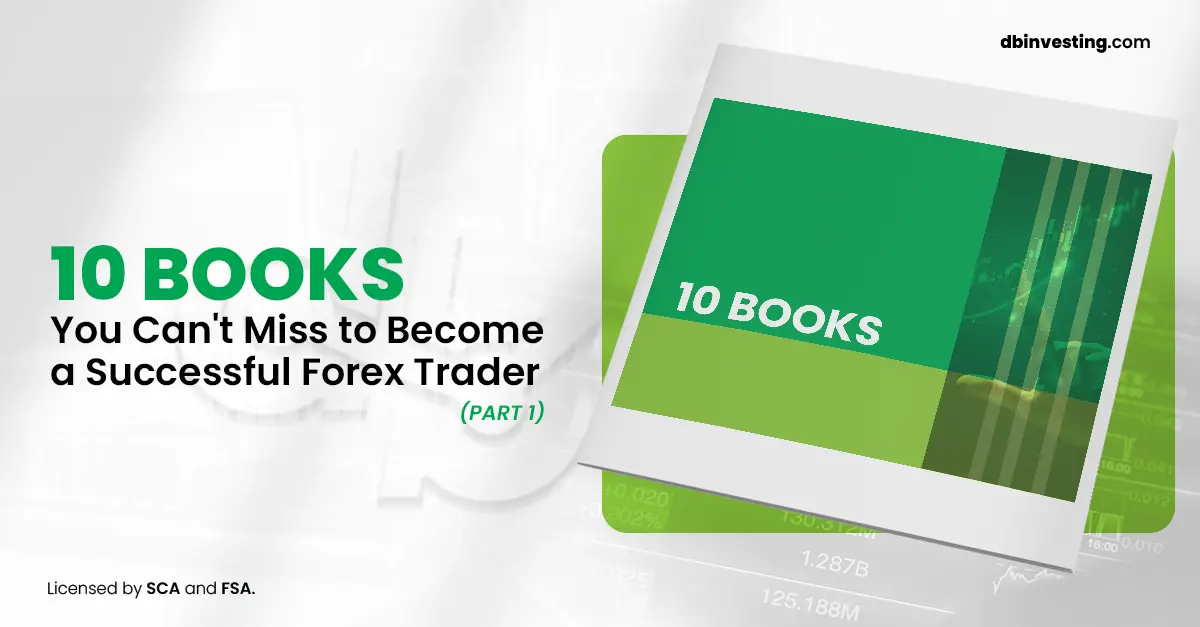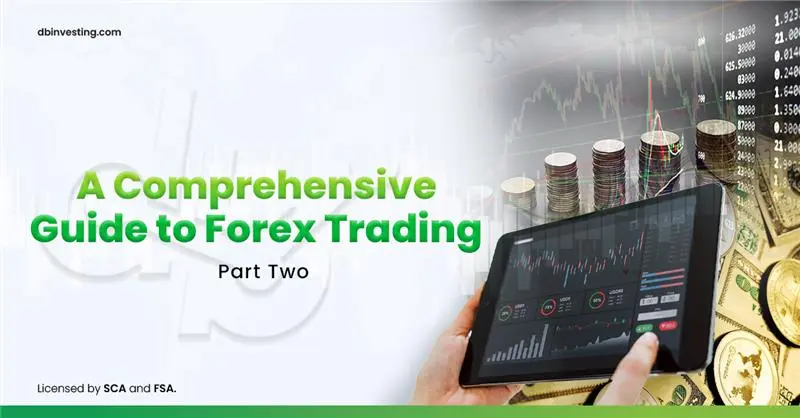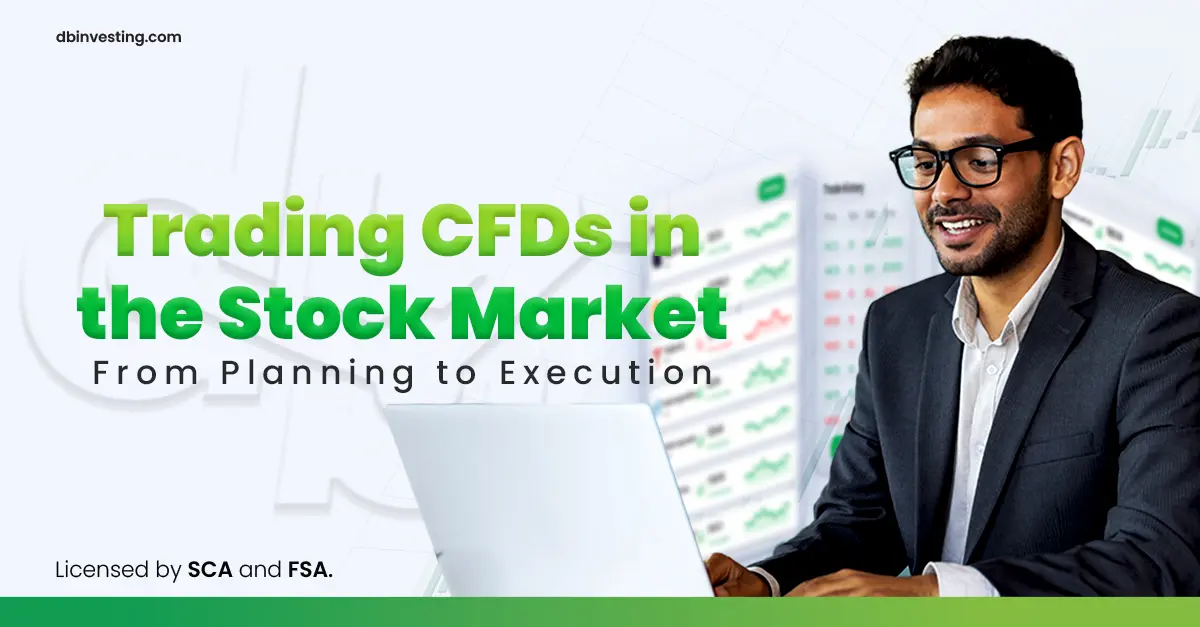(Part Four – Final)
Today, we reach the fourth and final part of our series on the must-read Forex books for every trader. In this part, we conclude our journey with a selection of exceptional books that feature inspiring stories and advanced strategies to help you elevate your trading to new levels.
These books will take you deep into the real-world experience of the financial markets, where you’ll learn from the mistakes and successes of successful traders, as well as explore new techniques and strategies for analyzing and handling the markets with confidence.
If you’ve followed along with us so far, you are just one step away from completing this series, but the final part is where the picture truly comes together. Get ready to acquire the wisdom and insights that will accompany you throughout your journey as a professional trader!
9. “The Disciplined Trader” by Mark Douglas
In his book The Disciplined Trader, Mark Douglas offers deep insights into one of the most crucial yet often overlooked aspects of trading: trading psychology. He highlights the significant role emotions play in trading decisions and explains how feelings like fear and greed can be a trader’s greatest enemies, even for those with excellent technical or fundamental knowledge.
What sets this book apart is its honesty and transparency. Douglas shares his personal trading experience, admitting to losing almost everything due to poor decisions driven by emotional impulses. This harsh experience led him to a rigorous self-examination, where he discovered that success in trading is not only about technical knowledge but also about psychological control and self-discipline.
The book provides practical solutions and valuable tips to help you develop strong mental discipline and eliminate negative emotional habits that might affect your performance. Douglas emphasizes that emotional control can make even a trader with limited knowledge more successful than others.
The Disciplined Trader is an indispensable guide for any trader looking to achieve psychological stability and sustainable success in the markets. If you want to improve your relationship with the market and trade more rationally, this book will provide you with the tools you need to transform your mindset and make better decisions.
10. “Reminiscences of a Stock Operator” by Edwin Lefèvre
If you’re looking for a book that combines excitement, inspiration, and learning from the experiences of the past, Reminiscences of a Stock Operator by Edwin Lefèvre is one of the most influential classic books in the world of trading. The book takes us on a journey through the life of Larry Livingston, a character who is a literary embodiment of Jesse Livermore, one of the greatest traders in history.
The book narrates how Livingston repeatedly faced failure and bankruptcy but managed to rise again each time to build immense wealth through his deep understanding of market behavior and its fluctuations. These inspiring stories are not just a chronicle of a trader’s life but are real lessons in the power of determination and learning from mistakes.
One of the book’s highlights is when Livermore short-sold during the market crashes of 1907 and 1929, managing to make millions of dollars at a time when the global economy was collapsing. These experiences provide insights into the importance of understanding market dynamics and capitalizing on them wisely, even during the toughest times.
What makes this book unique is its ability to blend personal stories with detailed market analysis, making it an invaluable resource for traders who want to understand both the psychological and technical aspects of trading. Reminiscences of a Stock Operator is not just an educational book; it’s an engaging journey full of lessons that can inspire every trader to seek opportunities, even in the face of major challenges.
With the conclusion of part four and final part of our series, we have reviewed a comprehensive selection of books that cover all essential and advanced aspects of Forex trading. From developing practical strategies to understanding the psychological factors affecting trading, to learning from the experiences of legendary traders, you now have a complete knowledge library that can transform your trading approach for the better.
But always remember, learning in the financial markets doesn’t stop here. Trading is an ongoing journey, and every book you have read or will read is another step toward improving your skills and building your future in this field. Keep exploring knowledge and applying it, and always be ready to adapt to the ever-changing markets.
We hope this series has inspired you and provided you with the tools needed to succeed in the world of Forex. Now, it’s your turn to transform this knowledge into actions that will put you on the path to excellence!
